
Jackfruits with White-Painted Tops
If you’ve ever walked through a fruit market in Southeast Asia, you might have noticed something strange: many jackfruits have their tops cut off and painted white. To most shoppers, it may seem like a harmless or even decorative practice. But according to vendors and agricultural experts, this common sight hides a shocking truth about how fruits are prepared and sold.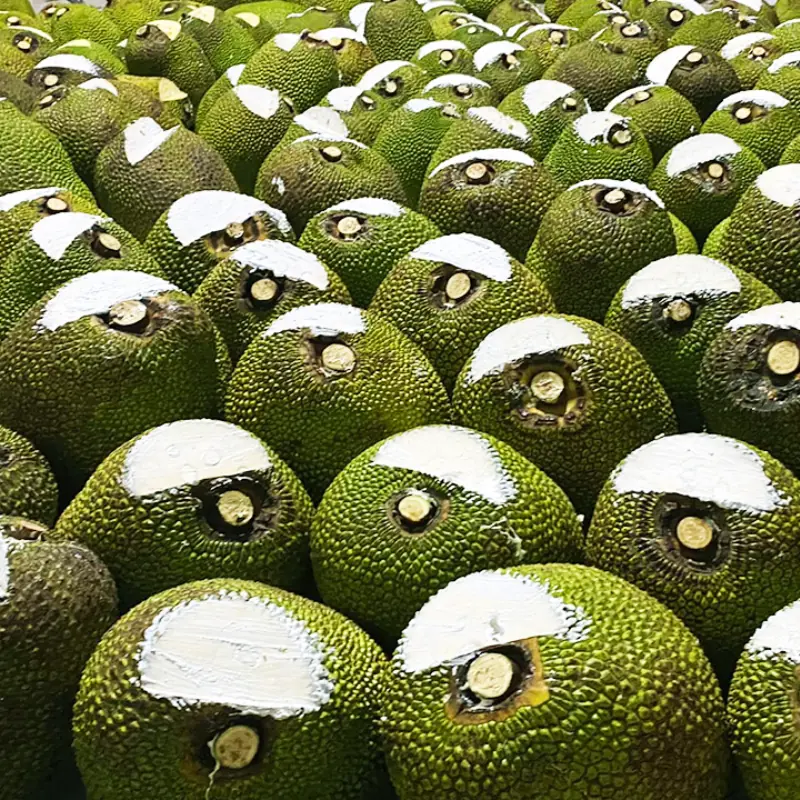
What’s Really Behind the White Paint?
At first glance, the white paint might look like chalk or lime. Some might assume it’s used to prevent rot, pests, or to indicate ripeness. But in reality, the practice often involves coating the exposed fruit stem with a chemical substance to preserve appearance—and sometimes to disguise age or quality.
"It’s mainly to make the fruit look fresher and cleaner," admits one market vendor.
"Buyers don’t like to see dark or dried stems. So we cut the top and apply a white substance to make it look freshly harvested."
What Is the White Substance?
In many cases, the white coating is hydrated lime or a similar chemical compound that dries quickly and gives a clean, polished look. However, in some markets, vendors may use non-food-grade paint or unidentified chemicals to achieve the same effect.
These substances are not intended for consumption and may pose health risks if they seep into the fruit or come into contact with your hands and utensils during handling.
Why Do They Cut the Tops?
Cutting the top of the jackfruit serves several purposes:
-
It makes the fruit appear recently harvested, as the stem would still look moist and fresh underneath.
-
It allows vendors to hide signs of aging, like dried sap or browning.
-
Combined with the white coating, it creates an illusion of better quality and freshness, even if the jackfruit has been sitting for days.
News in the same category

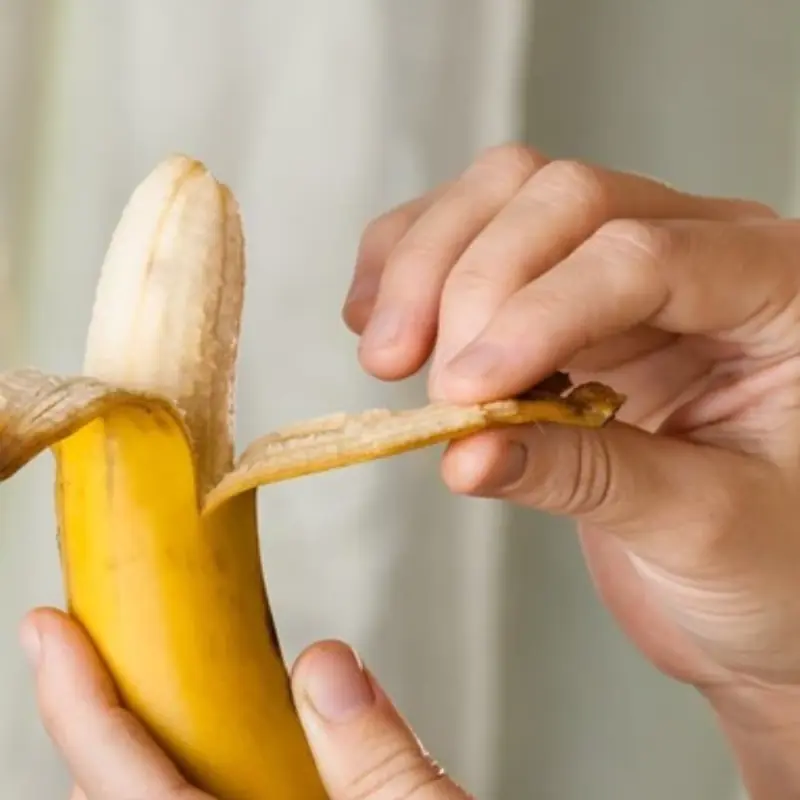
How Will Your Blood Pressure Change If You Eat Bananas Every Day?
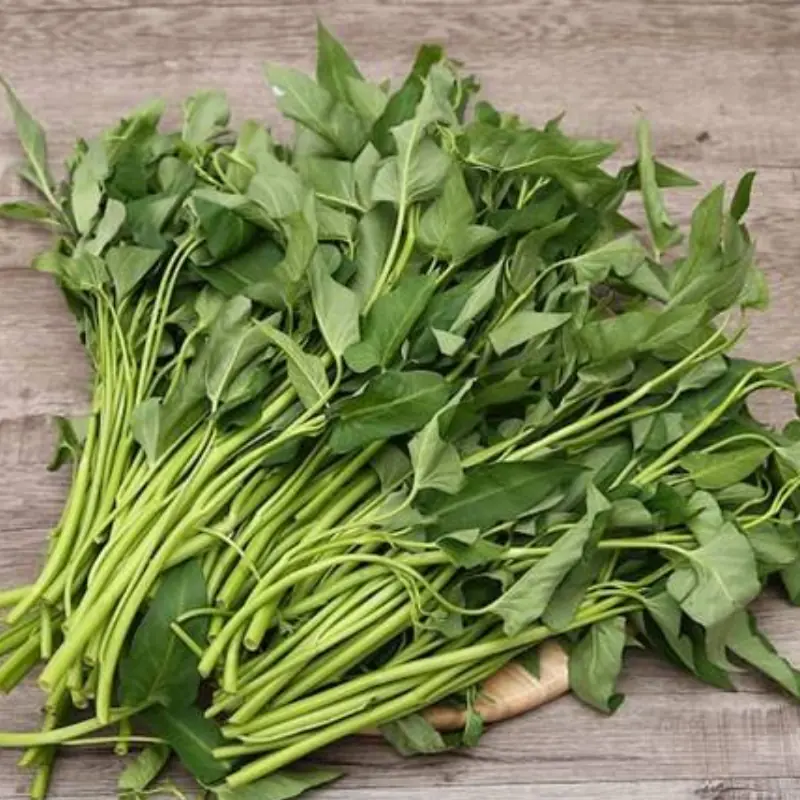
Experts Warn That Some Vegetables Are a Source of Toxins and Should Not Be Eaten Raw
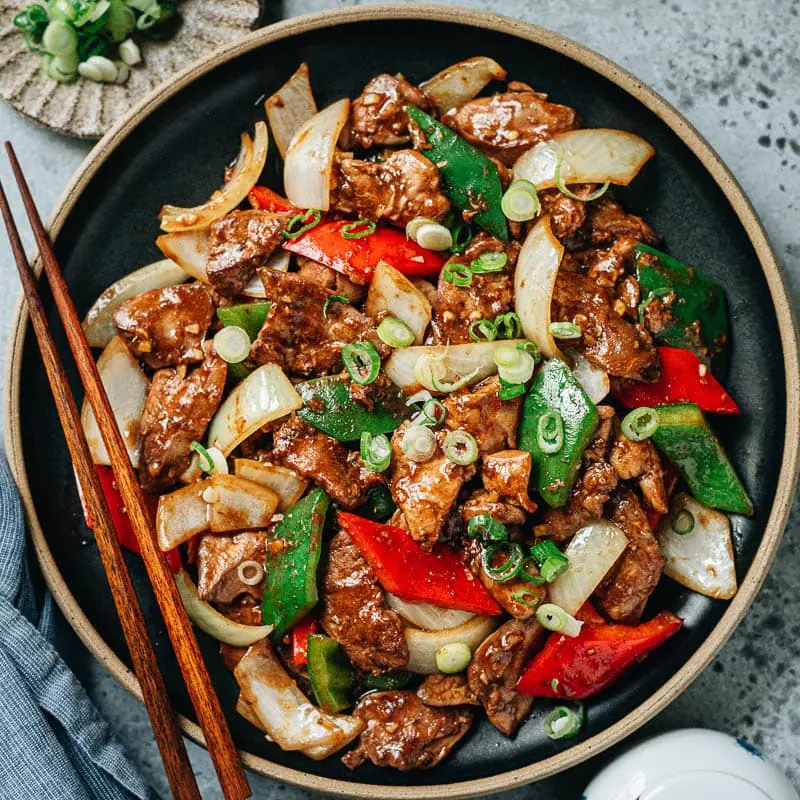
The Most Nutritious Part of the Chicken—“Pricier than Gold” Yet Often Thrown Away by Home Cooks
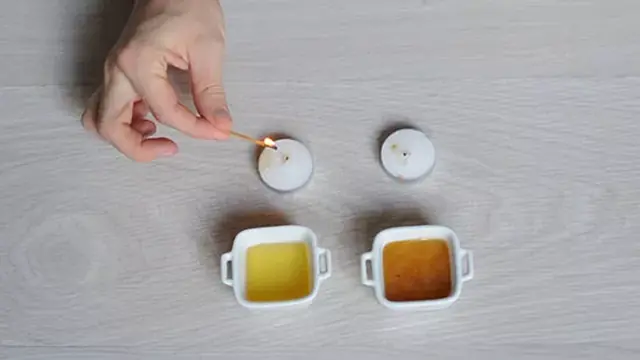
6 Smart Tips for Choosing Quality Honey Sellers Don’t Want You to Know
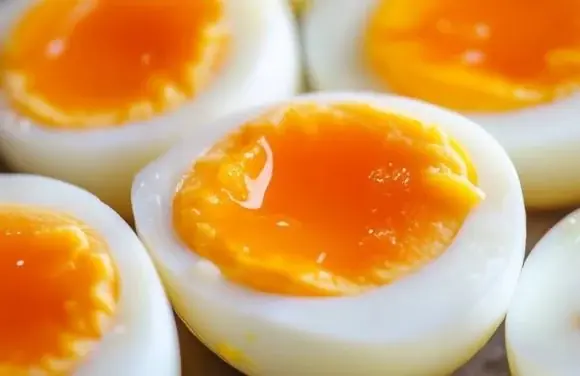
Doctors Warn: This Common Way of Eating Boiled Eggs Can Clog Your Arteries
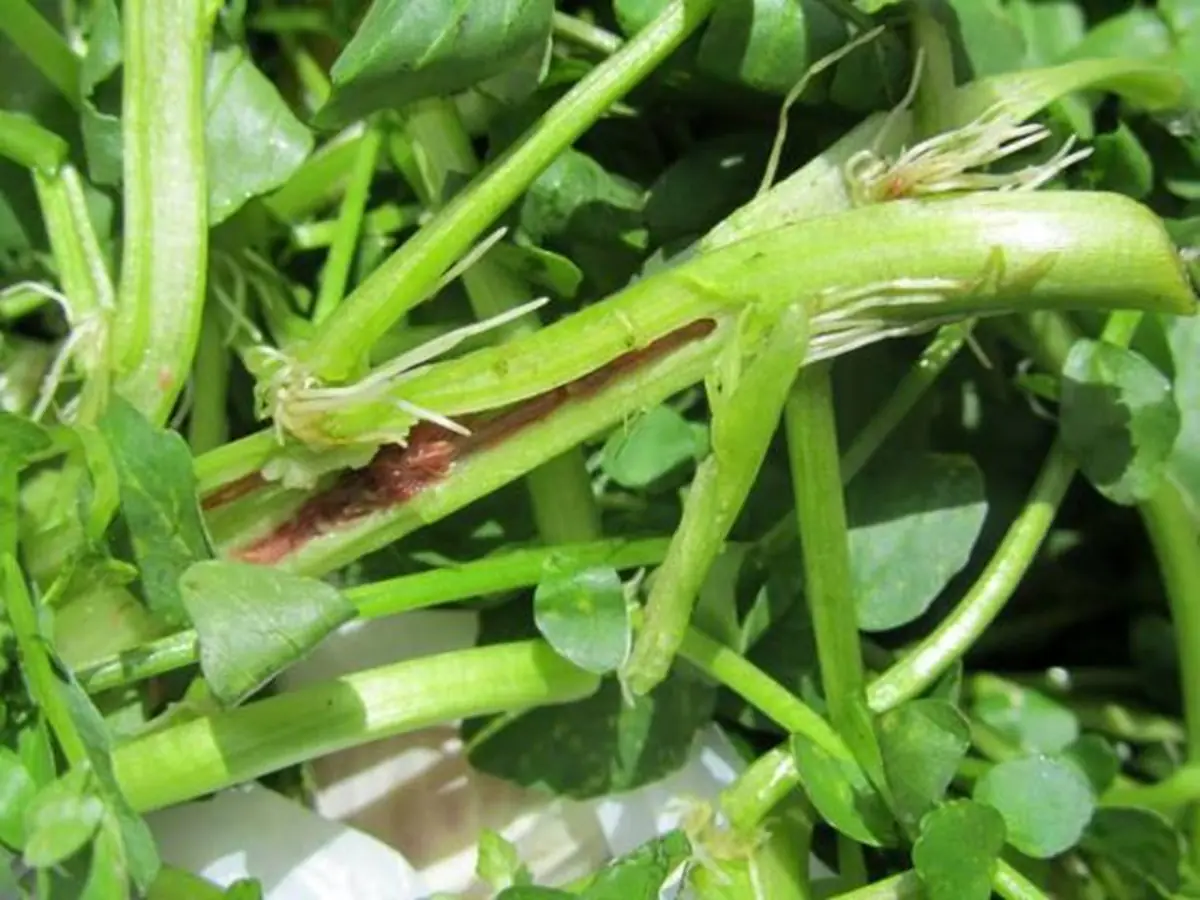
2 Common Vegetables That Can Harbor Parasites
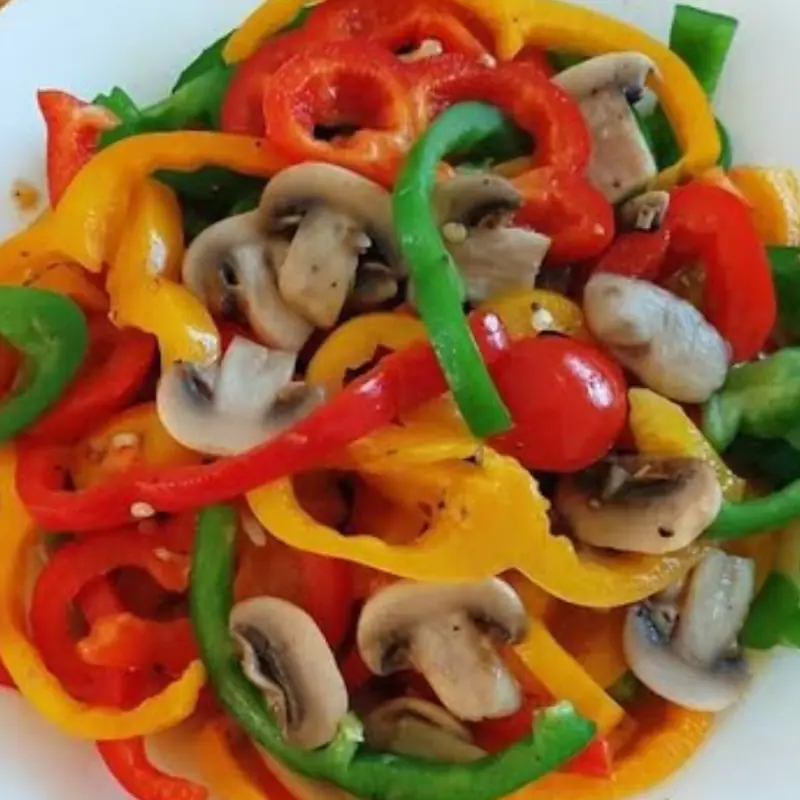
The 'Vitamin C King' of the Vegetable World
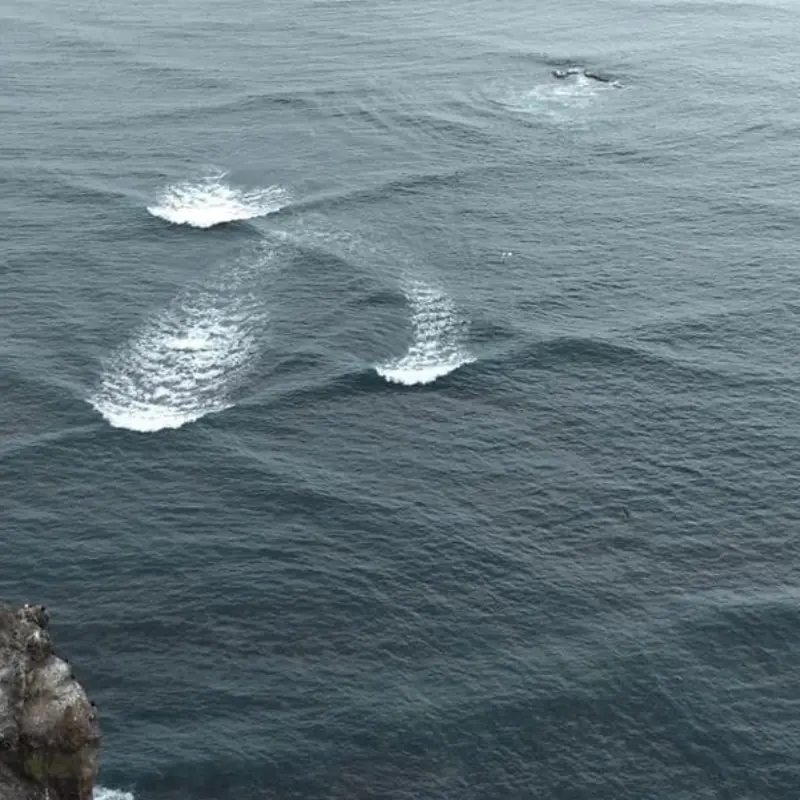
Avoid Swimming If You Spot 'Square Waves'
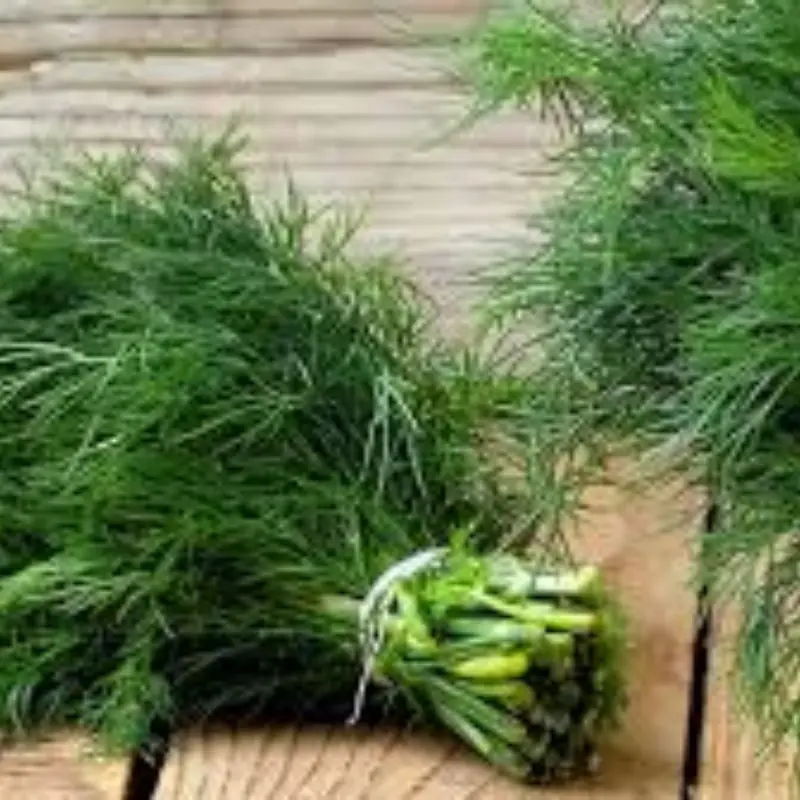
3 Green Vegetables Called the “King” of Sto.mach Protection
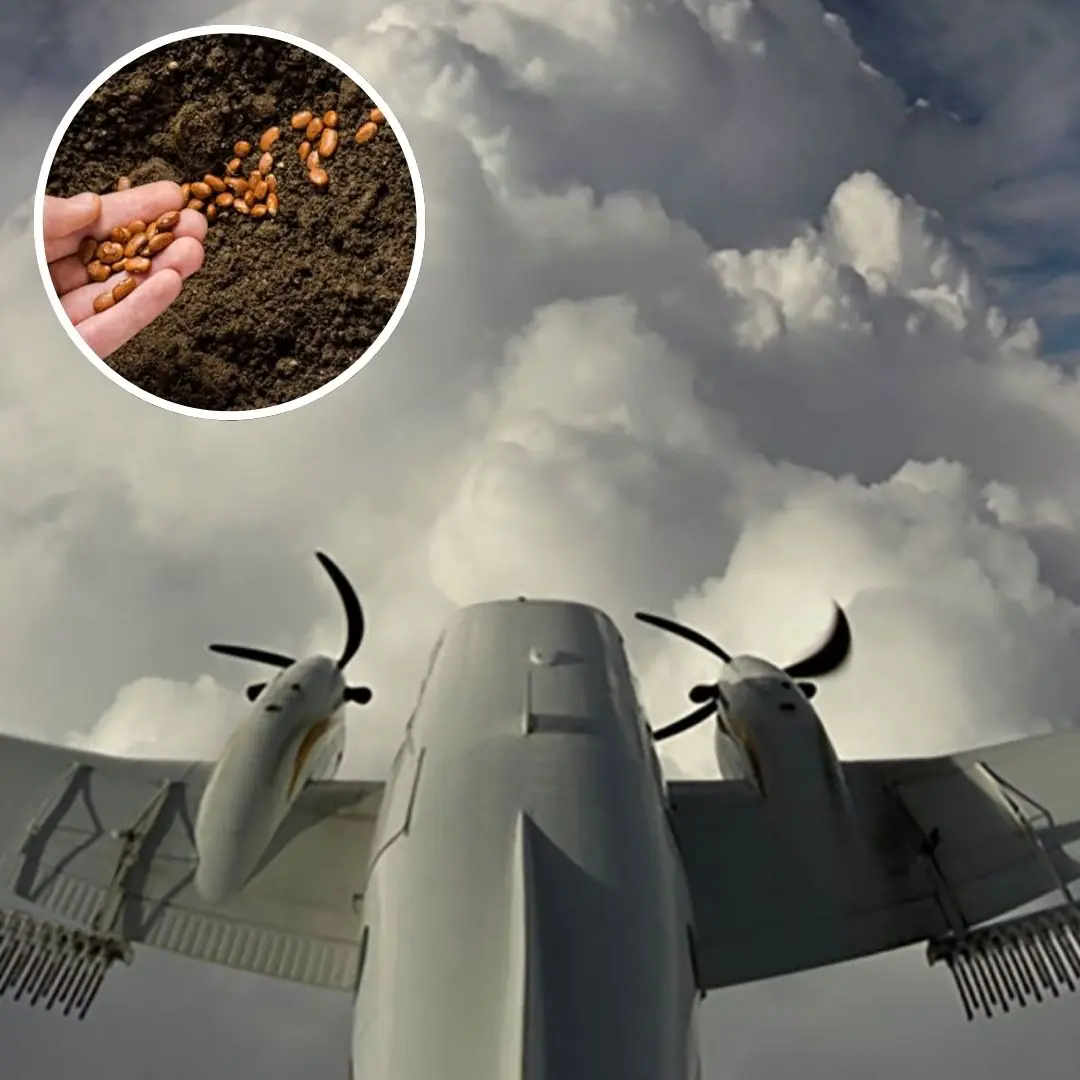
Why You Should Not Bring Seeds on a Plane: A Detailed Explanation

10 Powerful Reasons a Simple Smile Can Change Your Life
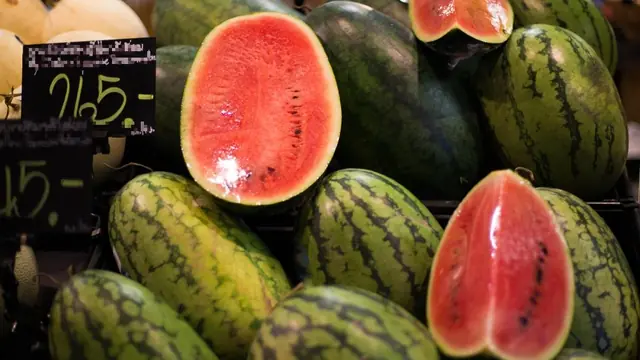
3 Common Mistakes in Storing Watermelon During Summer
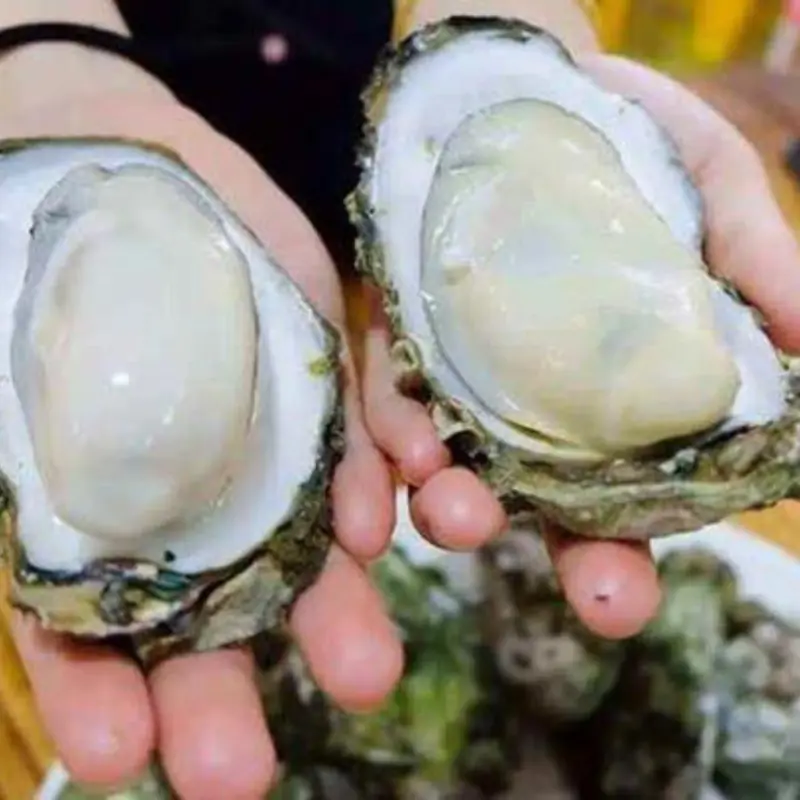
When Buying Oysters, Avoid These 3 Types

Woman Suddenly Suffers Kid.ney Failure After a Meal

Why Dogs and Cats Often Hate Each Other—Most People Don’t Know This

4 Morning Habits That Increase Str.oke Risk—Avoid Them at Any Age
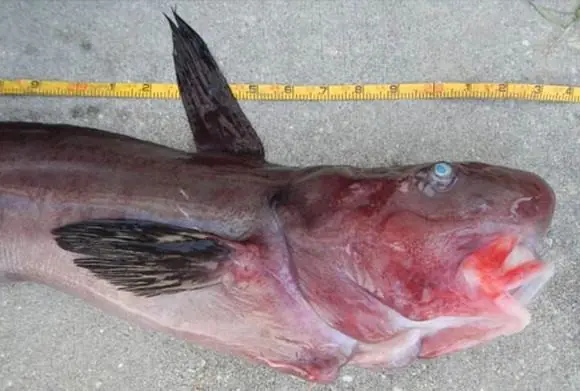
Smart Shoppers Avoid These 3 Types of Fish at the Market

Not a snake, this is the "kil.ler" that can crawl out of your air conditioner
News Post

Doctor Reveals: People with These 6 Morning Habits Tend to Look Younger and Live Longer

14-Year-Old Patient Suffers Facial Paralysis Due to Common Habit During Hot Weather

How Will Your Blood Pressure Change If You Eat Bananas Every Day?
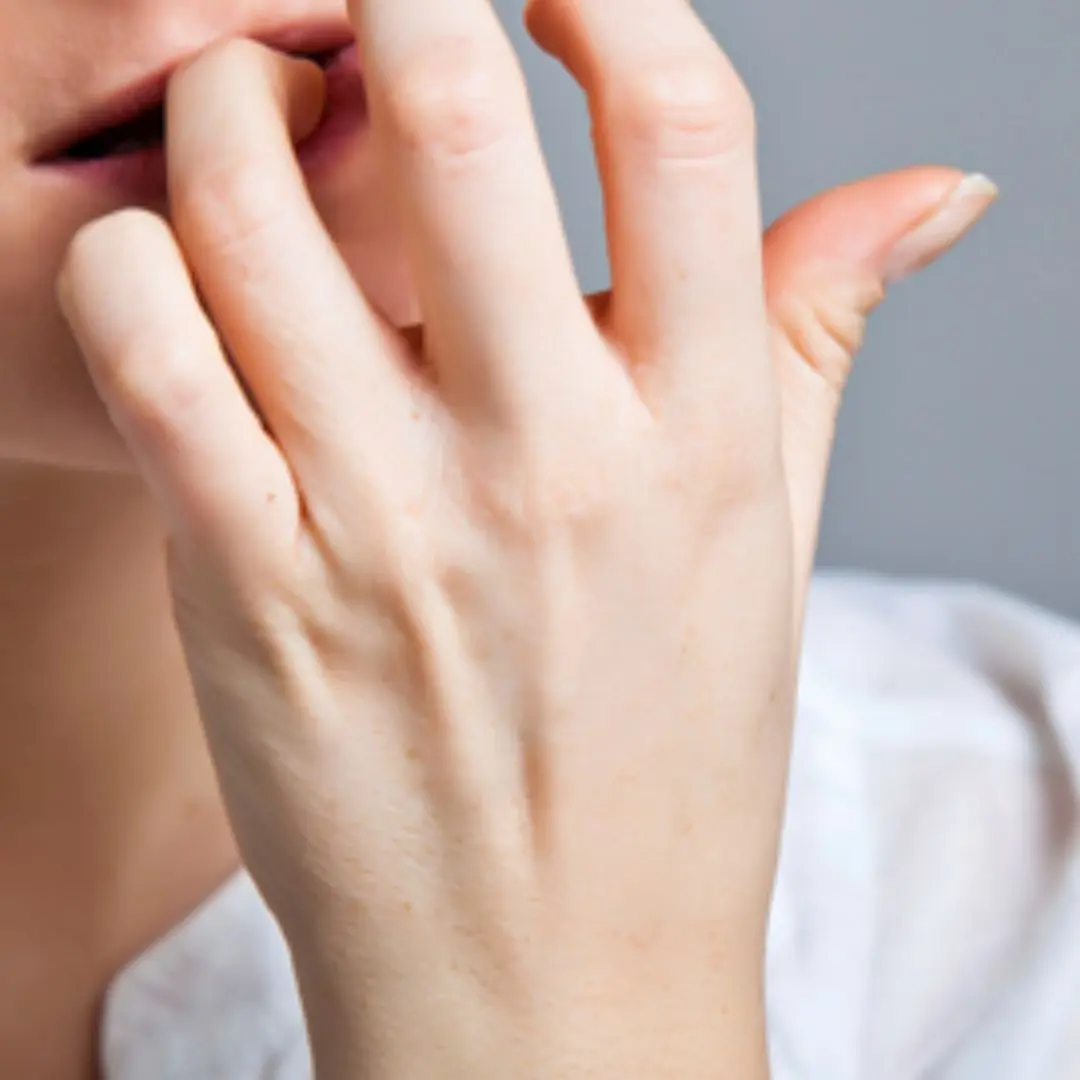
Quit Nail Biting: A Gentle But Effective Solution

Experts Warn That Some Vegetables Are a Source of Toxins and Should Not Be Eaten Raw

4 Vegetables You Should Never Eat Raw — They Could Do More Harm Than Good!
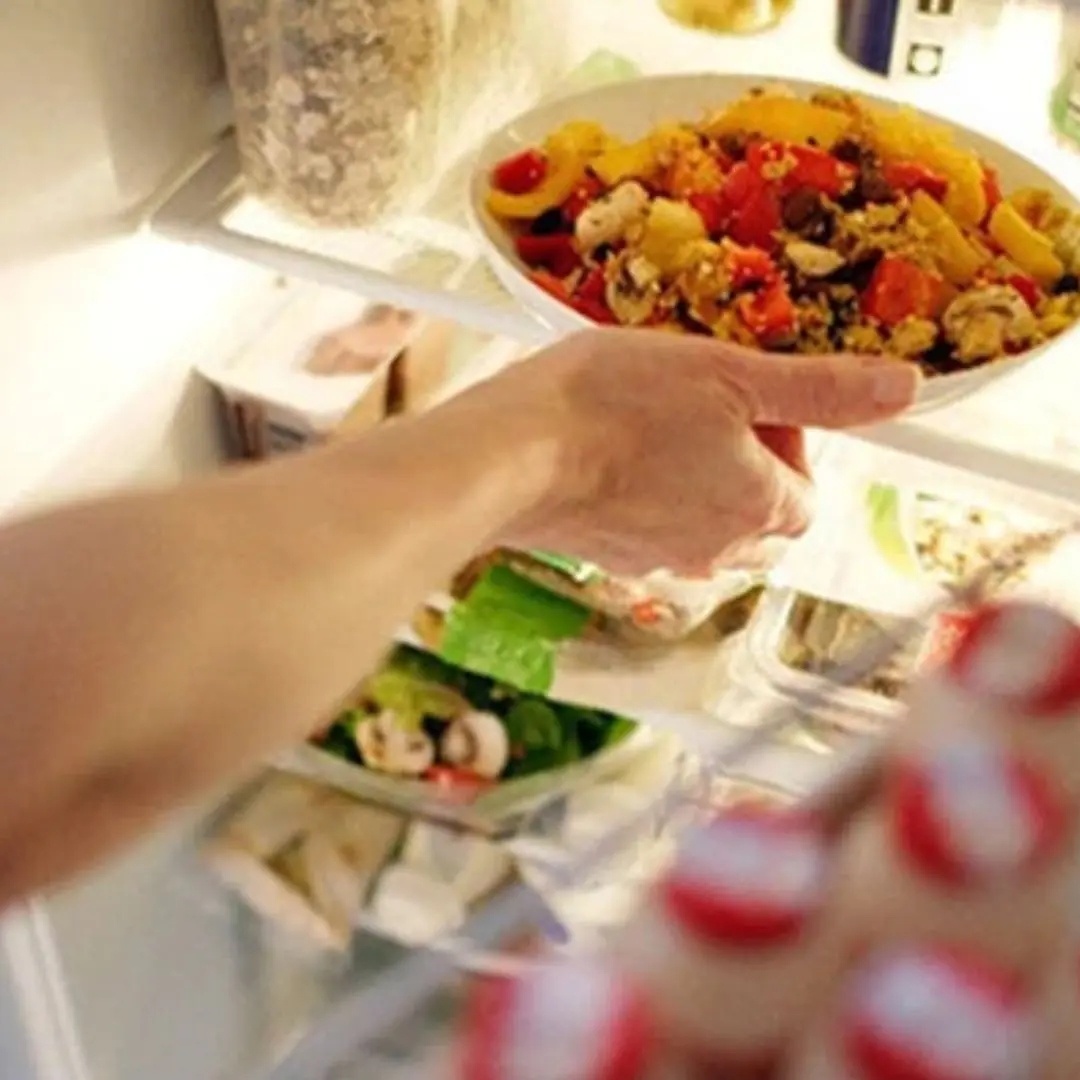
6 familiar dishes that are extremely dan.ger.ous if left overnight

The Most Nutritious Part of the Chicken—“Pricier than Gold” Yet Often Thrown Away by Home Cooks
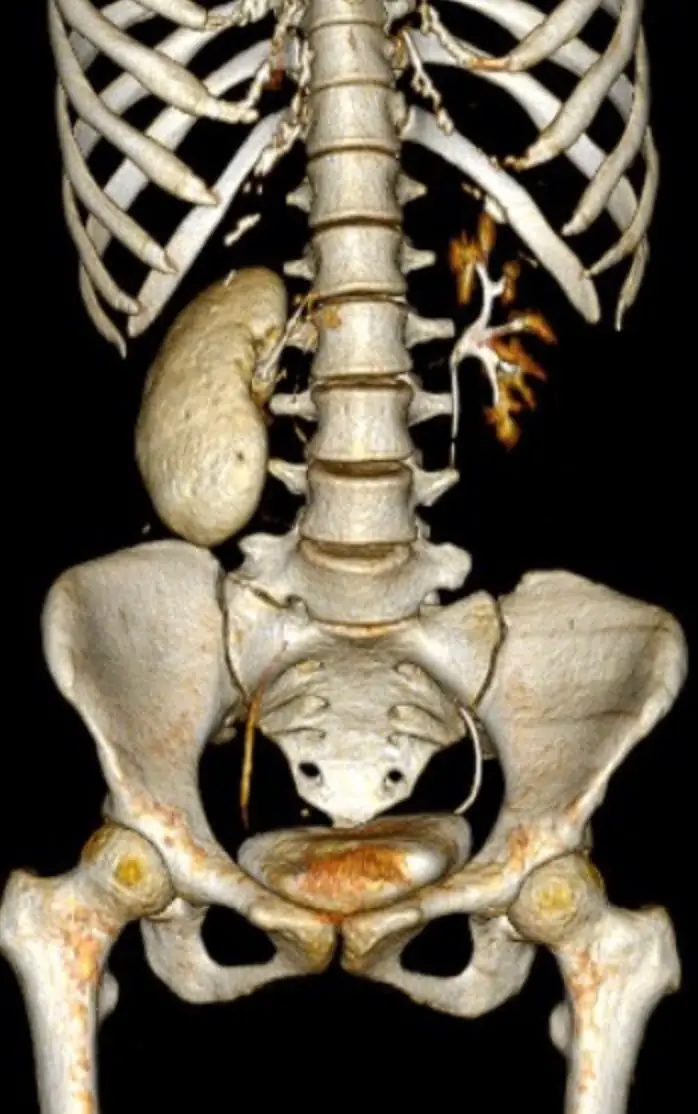
Doctor Urges 4 Actions to Protect Your Body’s "Blo.od Filter"

6 Smart Tips for Choosing Quality Honey Sellers Don’t Want You to Know

Can overly hot baths harm your heart and circulation?

7 signs of brain c.a.ncer that are easily confused with other diseases

4 Things to Avoid After 5 PM to Lower Your Risk of Stro.ke

Doctors Warn: This Common Way of Eating Boiled Eggs Can Clog Your Arteries
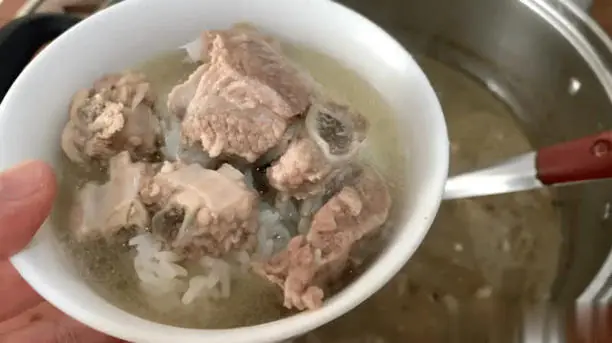
Blanch Bones First or Simmer Directly?

2 Common Vegetables That Can Harbor Parasites

The 'Vitamin C King' of the Vegetable World

Avoid Swimming If You Spot 'Square Waves'
